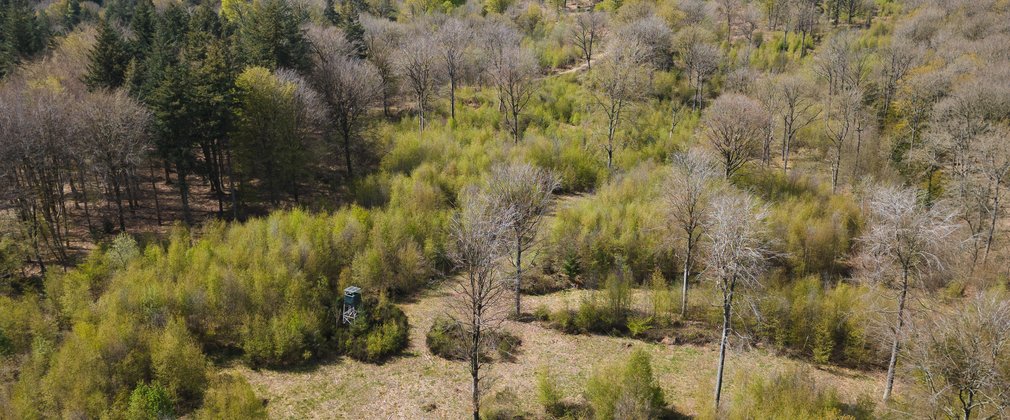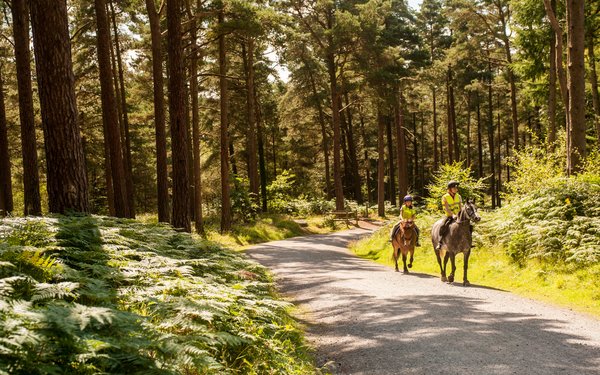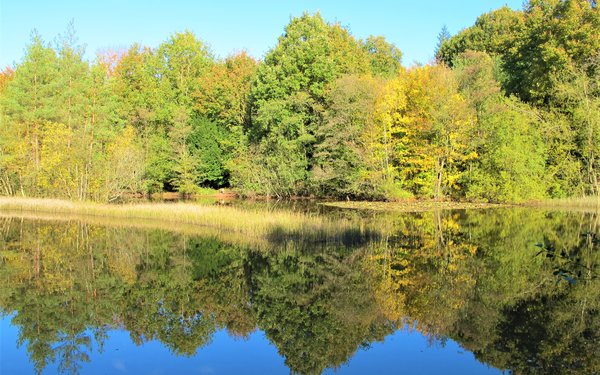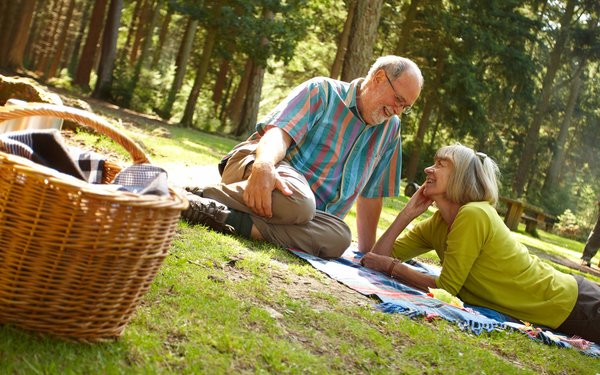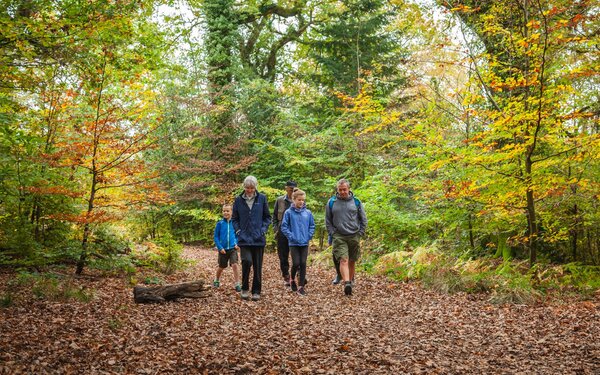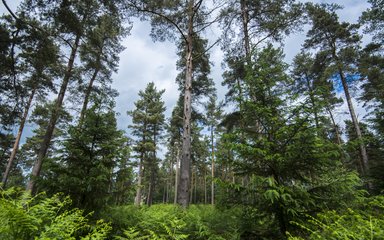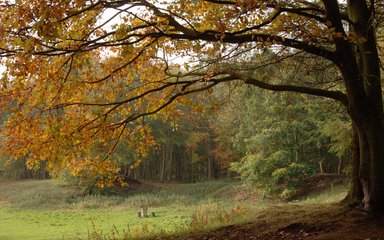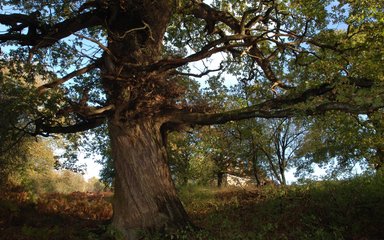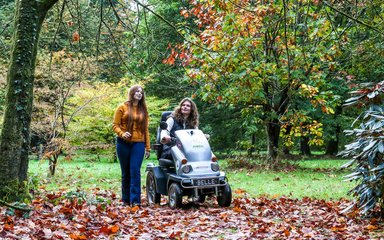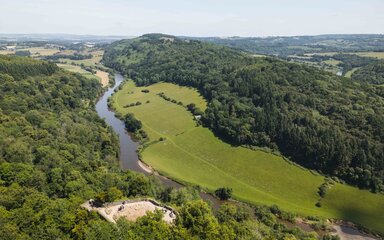Visitor information
Opening hours
How to find us
Parking & prices
Facilities & access
Contact details
Opening hours
Close
Dymock Forest is open 365 days a year, dawn until dusk.
How to find us
Close
How to find us
Dymock Forest is located approximately ten miles west of Gloucester.
Sat Nav Postcode:
GL18 2BN
Queenswood Car Park, Forest of Dean,
Gloucestershire
OS Grid Ref
SO678284
51.953414488896, -2.4700808282417
Parking and prices
Close
There are no parking charges at Dymock Forest.
Additional information
Number of accessible parking spaces: 0
There are no designated accessible parking spaces at this forest. View our easy access trails page to find other forests with accessible parking.
Facilities and access
Close
- Assistance dogs welcome
- Dogs allowed
- Picnic area
Contact details
Close
Landline Number
0300 067 4800E-Mail Address
westengland@forestryengland.uk